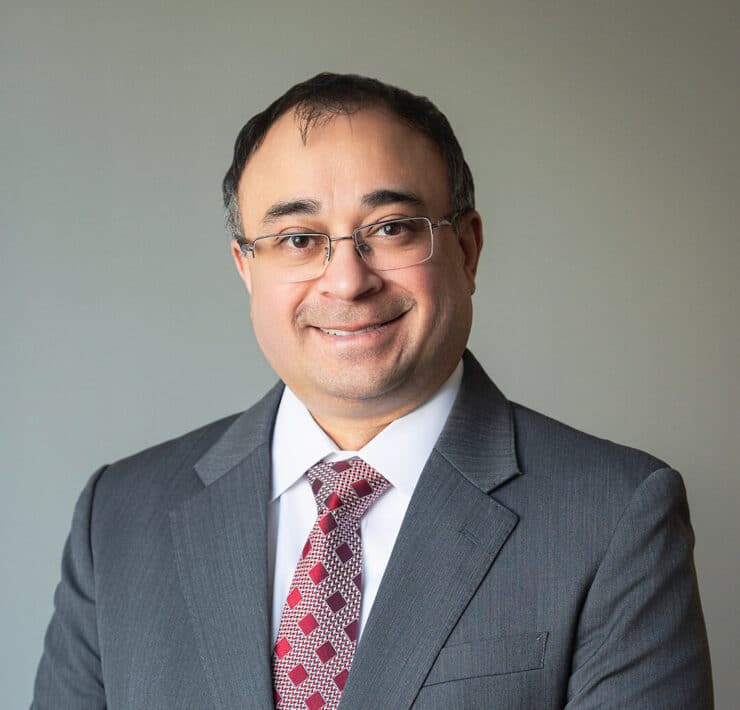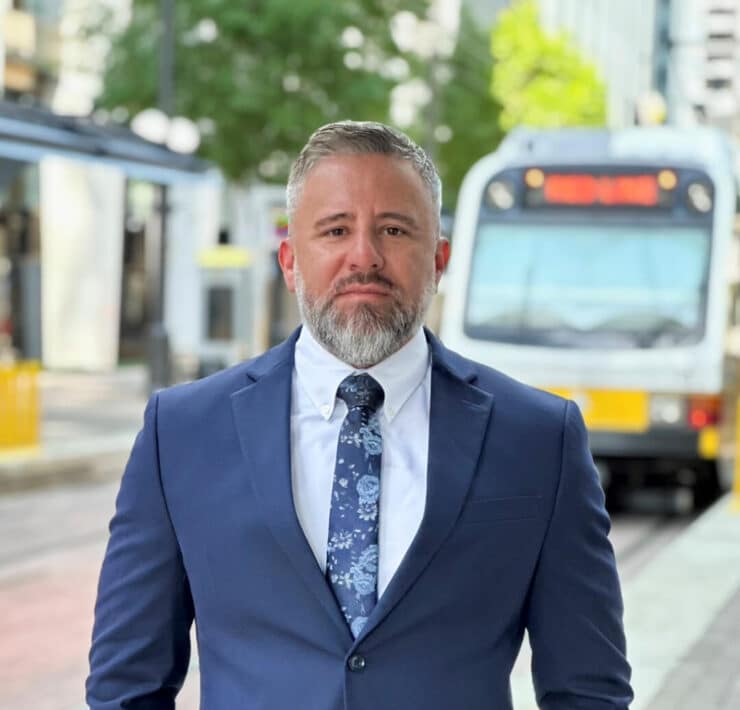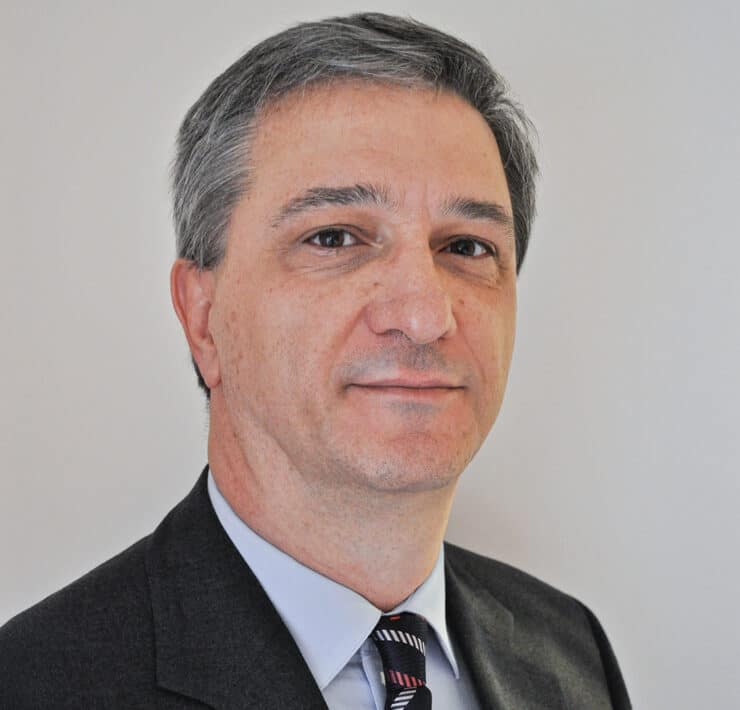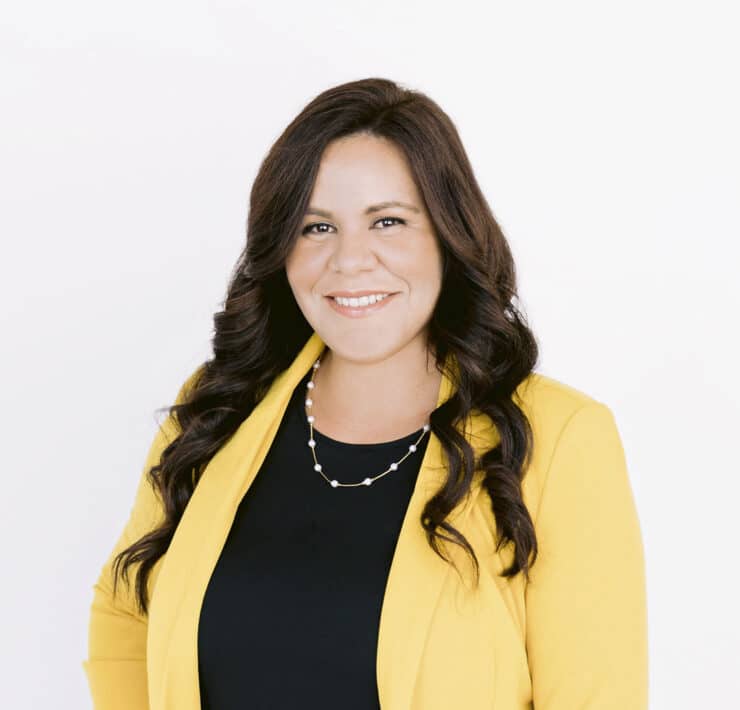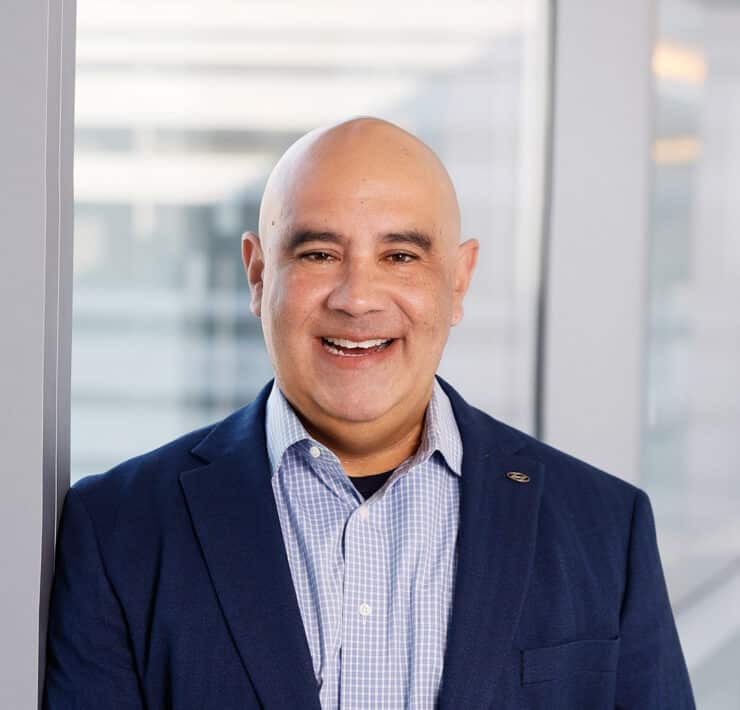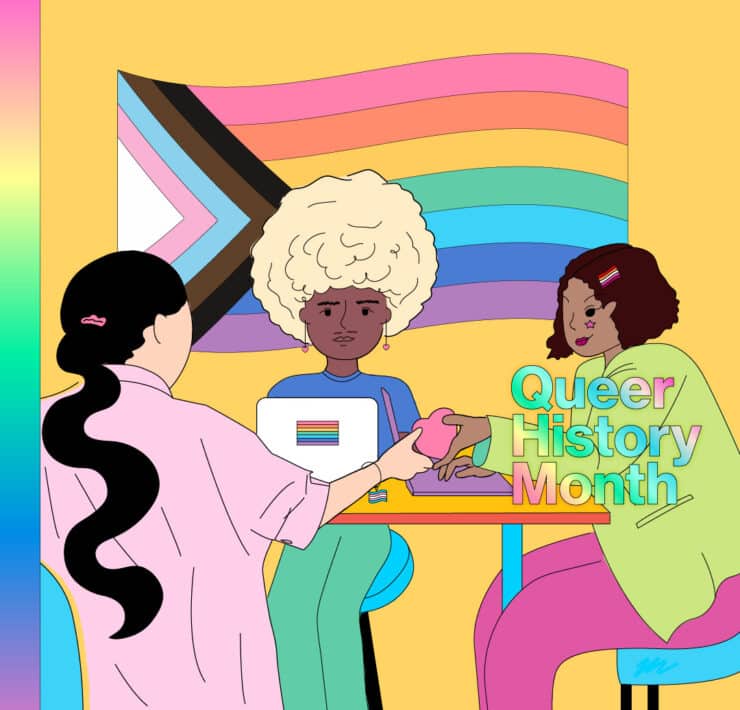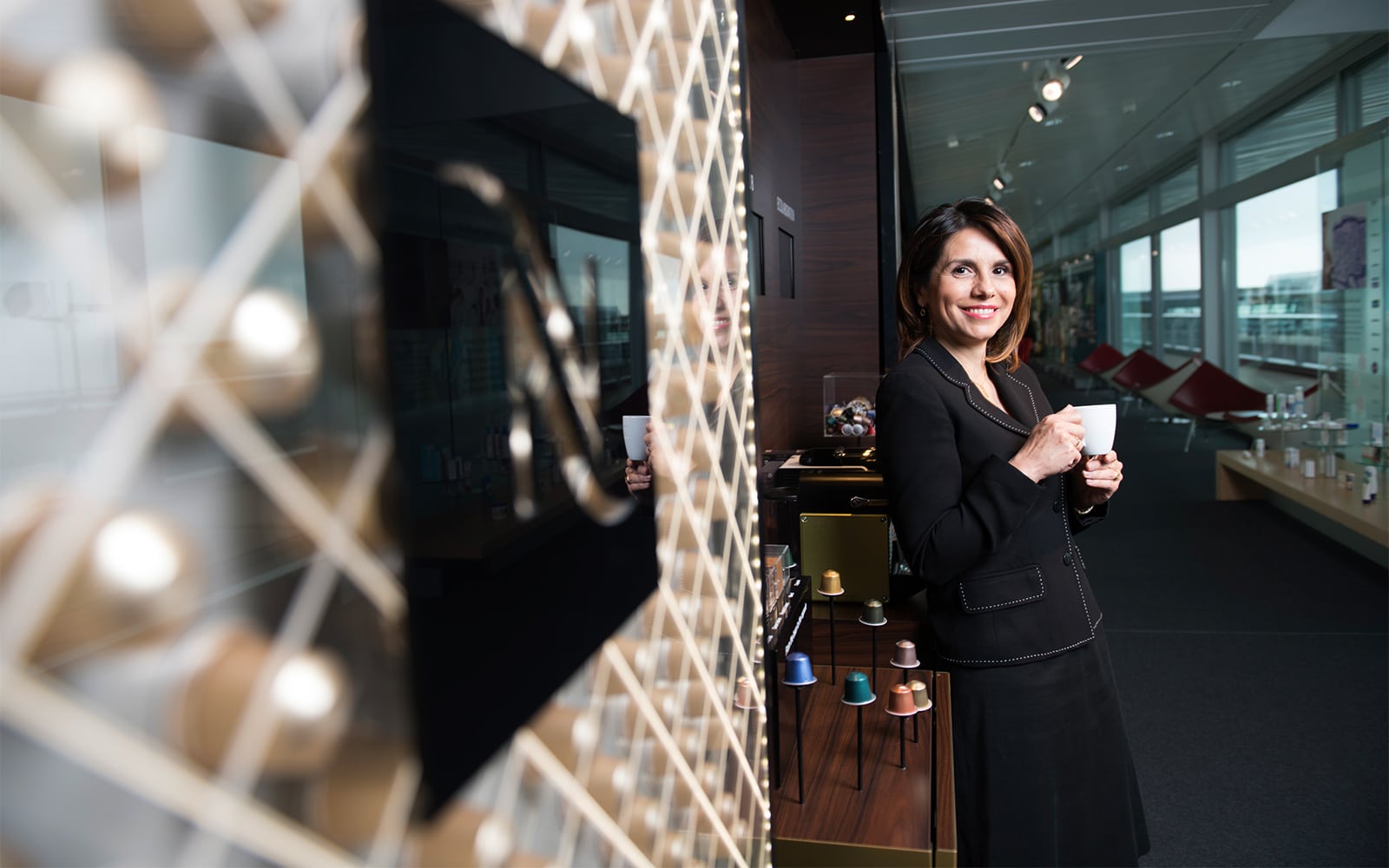
|
Getting your Trinity Audio player ready...
|
Sandra Martínez is the CEO at Nestlé Oceania, where she oversees a region that includes Australia, New Zealand, and the Pacific Islands and proudly leads teams that are behind the world’s most iconic brands. Prior to that, she successfully led different business units and markets in regions across the globe, building cross-functional teams, and she was the first woman in Nestlé’s history to lead a Latin American country.
Despite siting in one of the most respected seats in the C-suite, Martínez views herself as “an ordinary person who had extraordinary opportunities”—ones that allowed her to grow into the leader she is today.
“The fact that I’ve been given opportunities to work in different cultures and countries has tested me in ways I could’ve never imagined,” says Martínez, who’s been at the company for over thirty years. “I learned that it’s not about how much you know, but about how much you can learn and leverage from your team’s strengths to guide them toward common and ambitious goals.”
“What drives me to make it a priority is climate change is also a threat to the future of our children and grandchildren.”
Sandra Martínez
That’s been especially important as she’s navigated her teams through supply chain constraints, talent shortages, inflation, and the effects of climate change on the food and beverage industry. The latter issue has been a key focus for Martínez and Nestlé, which aims to transition to net zero emissions by 2050.
“We believe climate change is possibly everyone’s greatest challenge and a significant risk to the viability to every business,” she says. “But what drives me to make it a priority is climate change is also a threat to the future of our children and grandchildren.”
Overall, 5 percent of Nestle’s total greenhouse gases come from its operations, 95 percent comes from indirect activities up and down its value chain, like farming, or end-of-life of sold products. While Nestlé is making progress with changes to their packaging, there are other “system” changes needed to create a circular economy, which can only be achieved working collectively as an industry and in partnership with others.
The Journey to 2050
Top eight actions Nestlé is taking to reduce greenhouse gases:
- Sustainably sourcing ingredients
- Evolving its packaging
- Driving toward cleaner logistics
- Using the power of its brands and products
- Transforming its product portfolio
- Using renewable energy to manufacture products
- Removing carbon from the atmosphere
- Using its voice to galvanize action
Source: Nestlé’s Net Zero Roadmap, 2023
That’s why Martínez and her colleagues are participating in Australia’s National Plastics Recycling Scheme project, which aims to take hard-to-recycle soft plastic packaging out of waste streams and making it easier for people recycle at home. The goal is to turn used soft plastics back into new food-grade packaging to create a circular plastic loop and cleaner recycling streams for all materials.
Taking on that kind of initiative takes courage, considering its challenges.
“For starters, our industry must work with other industries that sometimes have conflicting goals,” she says. “There’s huge capital investments required for new recycling infrastructure that can help foster a circular economy for plastic packaging, but seeing brand owners, consumers, and manufacturers united in one powerful scheme is really worth it.”
Martínez’s passion for her work expands past Nestlé. “In this past year I attended a conference with Sandra that focused on sustainability and waste. I am very impressed with Sandra’s passionate drive to develop supply chains that are progressively sustainable for both Nestle and their suppliers,” says Pratt Industries’ Global CEO Brian McPheely.
This isn’t the first time that Martínez has participated in a diverse team to solve problems. She’s spent her entire career at Nestlé doing it. She started as a trainee and an export manager for Ecuador and, in a short period of time, became a business development manager in Switzerland. From there, she took on a leadership role in Canada, where she transformed the confectionery business unit into a profitable one, and then to Venezuela, where she became the first woman to lead a Latin American country in Nestlé’s history. In the latter role, she achieved high-performing targets amid a time of an economic and political crisis marked by food shortages, hyperinflation, high crime, and a disappearing middle class.
“Everything in life passes. Don’t take failure too seriously, and any mistake is just an opportunity to learn.”
Sandra Martínez
She derives her fondest and most intense career memories from this challenging time. “I had an incredible team, and we faced a lot of professional and personal challenges together,” Martínez says. “We would have the most heated and passionate debates but still focused on listening and supporting each other.
“I’ve found that different perspectives make conversations enriching and interesting and helps to make for better decisions,” she adds. “They force you to rethink about what you believed coming in.”
Martínez advises young professionals to be clear about what they want to achieve and then, to go for it.
“When you define exactly what you want to be, everything becomes easier because you’ll have energy and the patience to pursue it,” she says. “Then, on your way to achieving it, don’t stress too much over the small stuff. Everything in life passes. Don’t take failure too seriously, and any mistake is just an opportunity to learn.”


